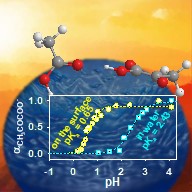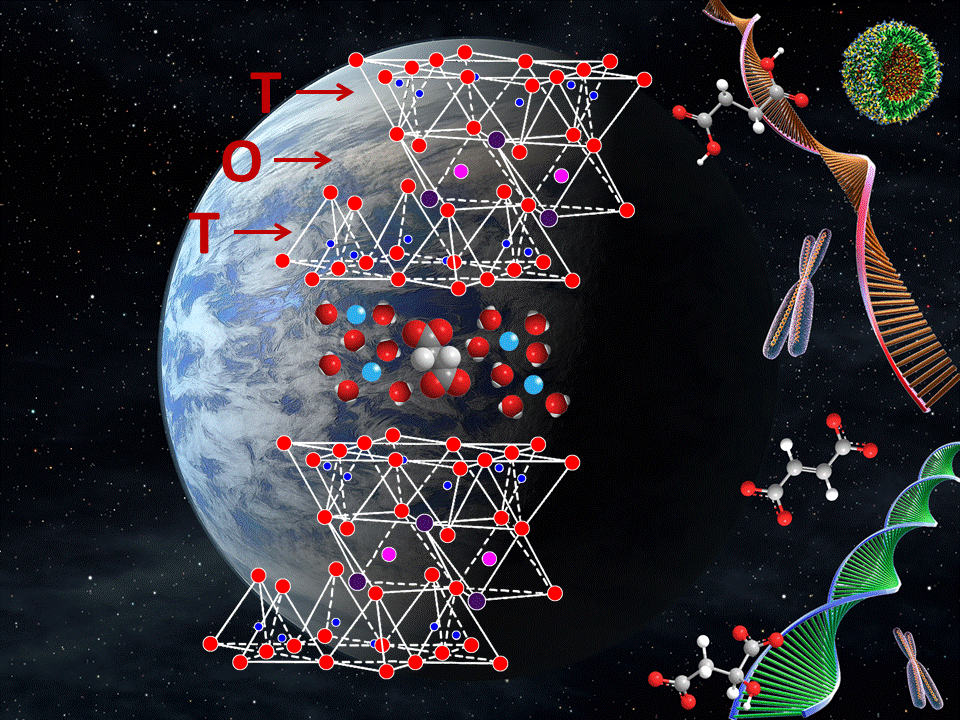Chemistry's Guzman to Study Atmospheric Reactions of Pollution
LEXINGTON, Ky. (Aug. 13, 2019) — University of Kentucky Chemistry Professor Marcelo Guzman has received a prestigious three-year grant from the National Science Foundation (NSF) for research, education and outreach efforts in the field of environmental and atmospheric chemistry.





